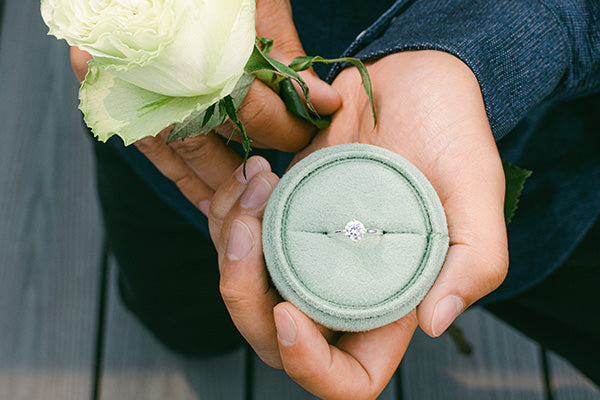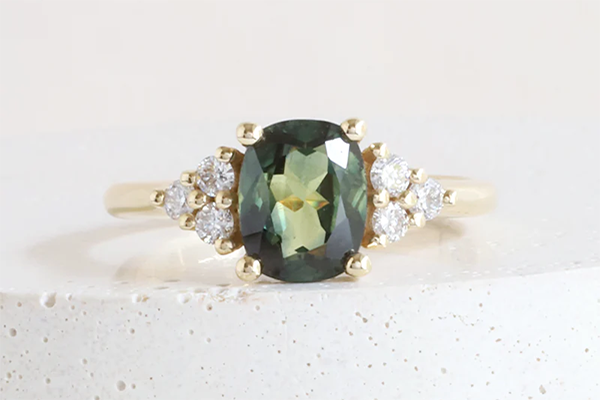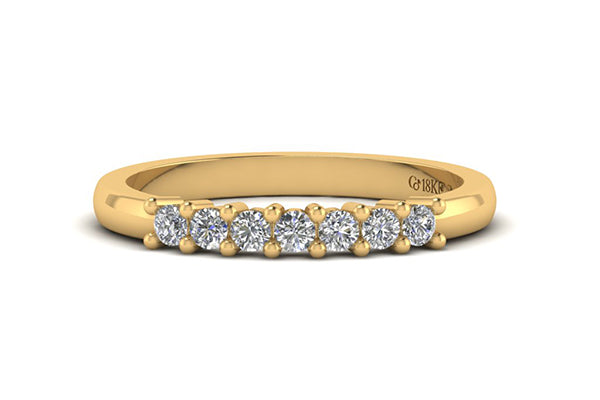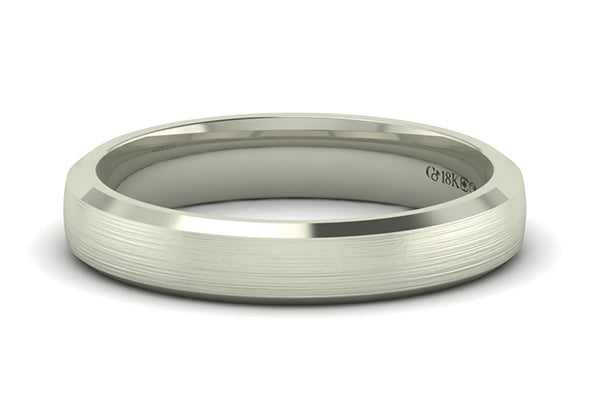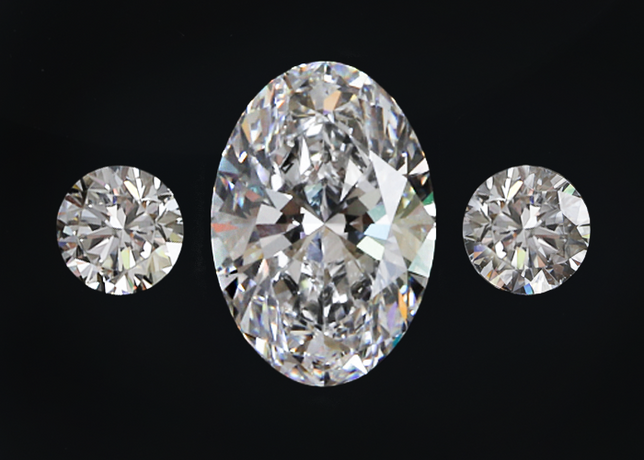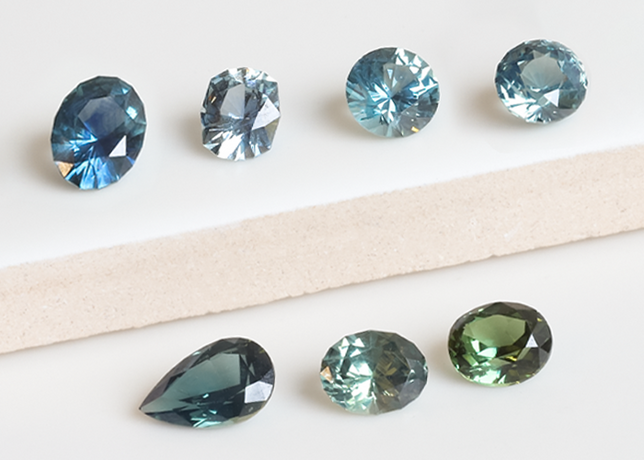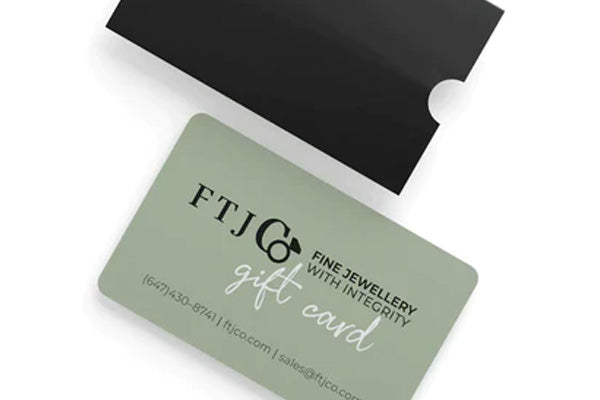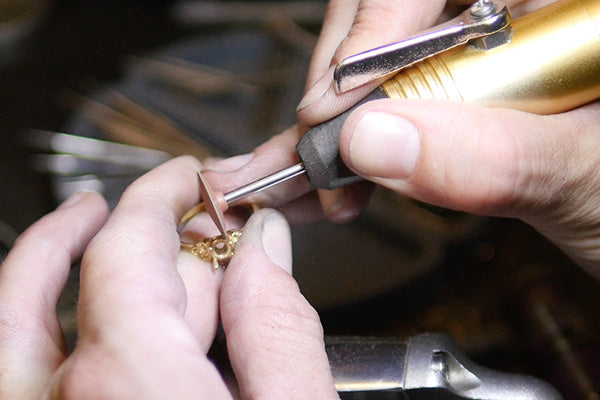What do the marks of quality in your designs mean?

This is the trademark of the Fair Trade Jewellery Company (FTJCo). In Greek mythology, Hera is the goddess of marriage and the peacock is one of her symbols.

This is the karat mark which gives the purity of the gold. 18 karat gold is 75% pure gold and 25% alloy which gives the gold increased durability and sometimes different colours as well. Our white gold is made to a European standard, using palladium (a relative of platinum) in place of the nickel used in almost all North American jewellery. As a result of the heath issues surrounding the use of nickel, some of the white gold jewellery sold in North America could not legally be sold in Europe. In addition, nickel based gold jewellery is typically plated to make it white. With our palladium white gold, you only see the natural colour of the metal.

This stamp stands means the jewellery has been made of platinum. Platinum is 95% pure platinum and 5% alloy to make the platinum easier to work with to make jewellery. Platinum jewellery can be twice as expensive as comparable gold jewellery for several reasons: because of its relative rarity, platinum is more expensive than gold; plaectinum is more dense than gold and so a platinum ring will weigh more than the same gold ring and you need more pure platinum to make the same ring, because it uses less alloy.

This is the Canada National Mark. The right to use this mark is granted to jewellery that is made in Canada. The right to use it was only granted after we passed an inspection of our manufacturing processes. It is your assurance that your ring was made to Canadian standards, using Canadian labor.

This symbol is used only products that are certified Fairtrade by the Fair Trade Labelling organisation. When we mark our rings with this symbol, it is your assurance that the gold we use to make our jewellery is certified to both Fairtrade and Fairmined Standards and provides small-scale miners and their communities in developing countries the opportunity for better living and working conditions.

The Fairmined Stamp shown above, left is the original Fairmined stamp; the one on the right is the current one.
 Solitaire
Solitaire
 Solitaire with Pavé
Solitaire with Pavé
 Bezel Set
Bezel Set
 Halo
Halo
 Multistone
Multistone
 Unique
Unique
 Nature Inspired
Nature Inspired
 Everyday
Everyday
 Wider Band
Wider Band
